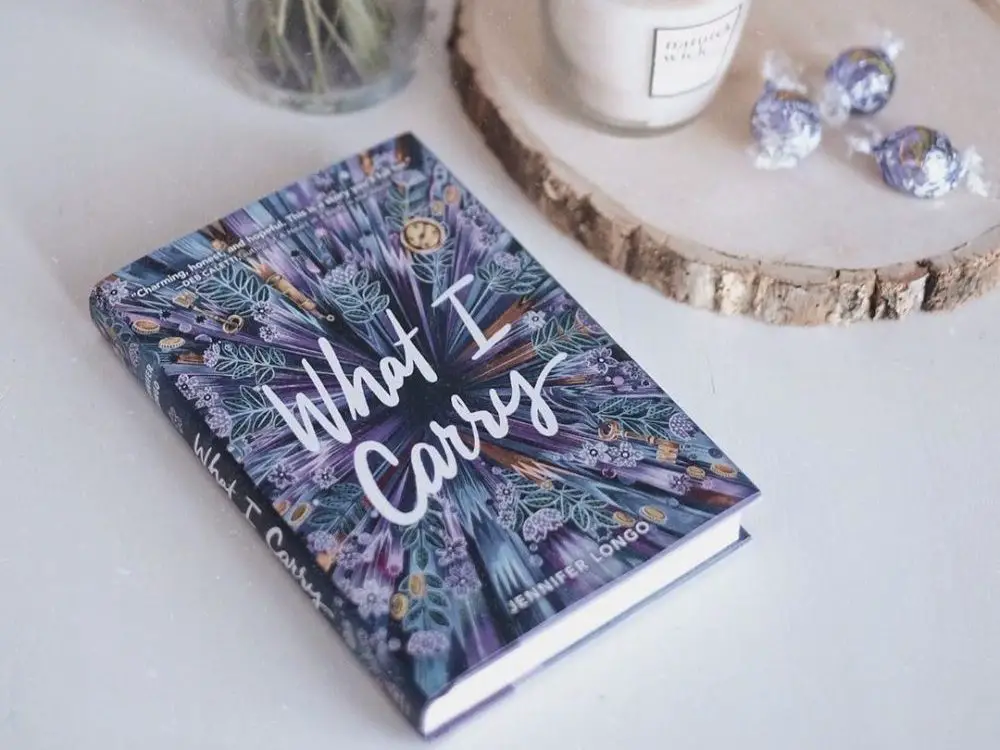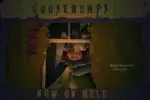Plato was known for writing dialogues that multitask: Besides the content of the discussion, he threaded numerous allegories and metaphors throughout the piece that would expose your own biases while you thought you were playing the judge.
Jennifer Longo isn’t technically a philosopher, but her latest novel, “What I Carry,” accomplishes the same effect Plato was known for. With a slow-burning conflict and perplexing but sympathetic characters, the novel busts myths about foster care wide open and forces you to rub up against your own impatience at the characters’ slow progress.
The Premise of the Novel
“What I Carry” is the story of Muiriel, an orphaned girl who has grown up in the foster care system ever since she was left outside the hospital as a newborn.
She’s moved between more than 20 different houses since then — but it’s not because of bad behavior or abusive foster families (although Muiriel shows us that many of them fall short in different ways). Most of the time, Muiriel is the one who decides to break it off and pack her bags.
Even more surprisingly, she only leaves because she gets too attached.
Just like her namesake, John Muir, Muiriel doesn’t depend on anyone — so she can be at home anywhere, she tells herself. But more importantly, she’s careful not to settle down in any one place, so she can make it on her own when she ages out of the foster care system in less than a year.
When she moves into a new neighborhood with a kind older woman named Francine, Muiriel’s plan is to lay low and not get attached. She’s hoping this will be her last foster home before she ages out, and that’s easier to do without any attachments. But when she meets art-loving, offbeat Kira and compassionate, down-to-earth Sean, her resolve to stay friendless inevitably erodes. As Muiriel develops a growing affection for them, she gradually comes to confront the scars that keep her from accepting love and realizes that she doesn’t have to be as independent as she thinks.
A Partially Complete Picture of Foster Care
Through Muiriel’s experiences in foster care, whether they affected her or another child, Longo dismantles stereotypes about the foster care system. Each chapter highlights an item that Muiriel carries in her duffel bag and with it, a story from one of the houses she’s stayed in.
With each glimpse into life in foster care, readers get a better grasp of Muiriel’s guardedness.
For instance, when multiple parents offer to adopt Muiriel, she infallibly turns down the offer and packs her bags instead. I (along with many of the characters) often wonder, “Why doesn’t she just let someone adopt her?”
There’s no one definite answer, but the bigger picture becomes increasingly clear as Muiriel pieces the puzzle together with her memories. In her 20-something homes, she encountered many adopted kids who were treated more like liabilities than sons or daughters. Some parents coddled them like permanently scarred toddlers. Others constantly held their child’s adoption over their heads like an impossible debt. Still others neglected them while giving preference to their biological children. Turns out there are a lot of reasons to adopt a kid, and many of them are insidious.
Yet these stories brim with sympathy, too. Muiriel’s own mother, who was addicted to meth when she left her daughter on a doorstep, becomes a sympathetic figure: When she needed help, she didn’t have anyone to go to. Through the stories of Muiriel and others, Longo points out sobering problems with the foster care system and calls readers to empathize where they expect it least.
A Test of my Patience
But for all these strong points, I’d be lying to not admit that reading felt laborious at times.
Despite my best efforts to empathize with her, Muiriel’s stubborn refusal to accept others’ kindness got on my nerves. This was partly, I think, because she was so hard to understand. At the root of the problem was ambiguity: I couldn’t muster up a clear conception of the scenarios she was trying so hard to avoid.
It could just be that I’m slow. But for much of the novel, I felt left in the dark about why Muiriel was so set on choosing potential homelessness over adoption. Whenever the topic would come up in conversation with Kira or Sean, the dialogue glossed over it with a “You know that I’m on my own when I age out” — merely repeating Muiriel’s interpretation. It sometimes felt like Longo was tiptoeing around the topic, only dropping cursory hints here and there, crumbs that weren’t quite enough to form a basic idea of foster care.
Long story short: After 200 pages of seeing Sean, Kira and Francine prove themselves over and over again, Muiriel’s obstinate resolve to fend for herself post-graduation had me banging my head against a wall.
In the author’s defense, I haven’t had firsthand experience with the problematic foster care system, and the protagonist’s job isn’t primarily to be likable. But I think my frustration could have abated if “What I Carry” had included a more complete explanation of the aging out process.
I understand that no single young adult fictional story can explain all the complexities of the foster care system to readers who, like myself, have no experience with it. But seeing as the issues within these two aspects of foster care comprise the bulk of the protagonist’s central conflict, it’s kind of important to establish a firm foundation of basic understanding for your readers.
With this central blank only partially filled in, I had difficulty finishing the book.
A Relatable Theme and Resilient Relationships
But even if we don’t come away with a crystal-clear understanding of the whole foster care system, at the end of the day, Muiriel’s reluctance to trust others is something we all can relate to.
The relationships in “What I Carry” are worth sticking around for as well. Where Muiriel’s stubborn commitment to her childish plan is painful to behold, the authentic, off-beat kindness from Kira, Sean and Francine kept me coming back. As Muiriel helps Kira stand up to the school bullies, Kira helps Muiriel come to accept the kindness and close friendships she craves. And it’s a pleasure to see Sean ease Muiriel out of her shell and bond with her over their love for Muir, Pinchot and the outdoors. Francine, meanwhile, is the perfect, safe mix of realist and caring grandma-figure — she’ll help any reader feel at ease.
Progressively minded readers looking to learn more about the experiences of their peers in foster care will appreciate “What I Carry.” The novel could have improved with some clarity around the details at its crux, but it’s still a satisfying tale of finding the courage to trust again with the help of unexpected new friends.
I’d recommend approaching “What I Carry” with an open mind and lots of patience. Before critiquing the characters’ slowness to learn their lessons, learn from my mistakes: The book is best received as a mirror to prompt you to learn about the lives of a different demographic, not just entertain you. Scars never make it easier to act reasonably, so this book is a practice in extending grace to others when you can’t yet understand what they’ve gone through.

















